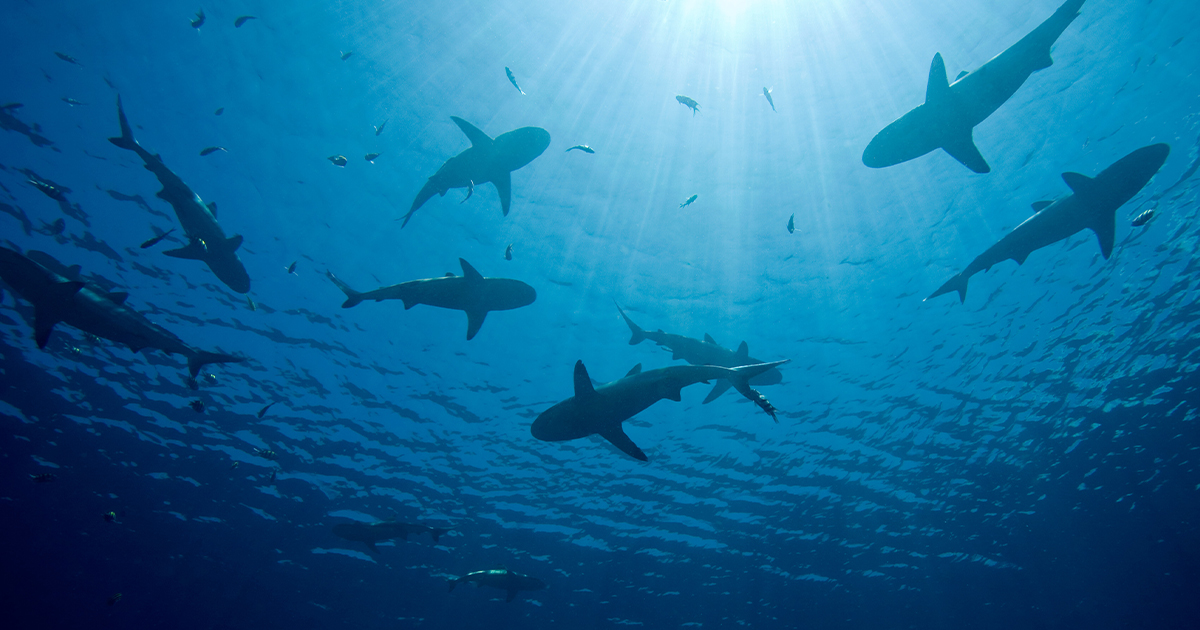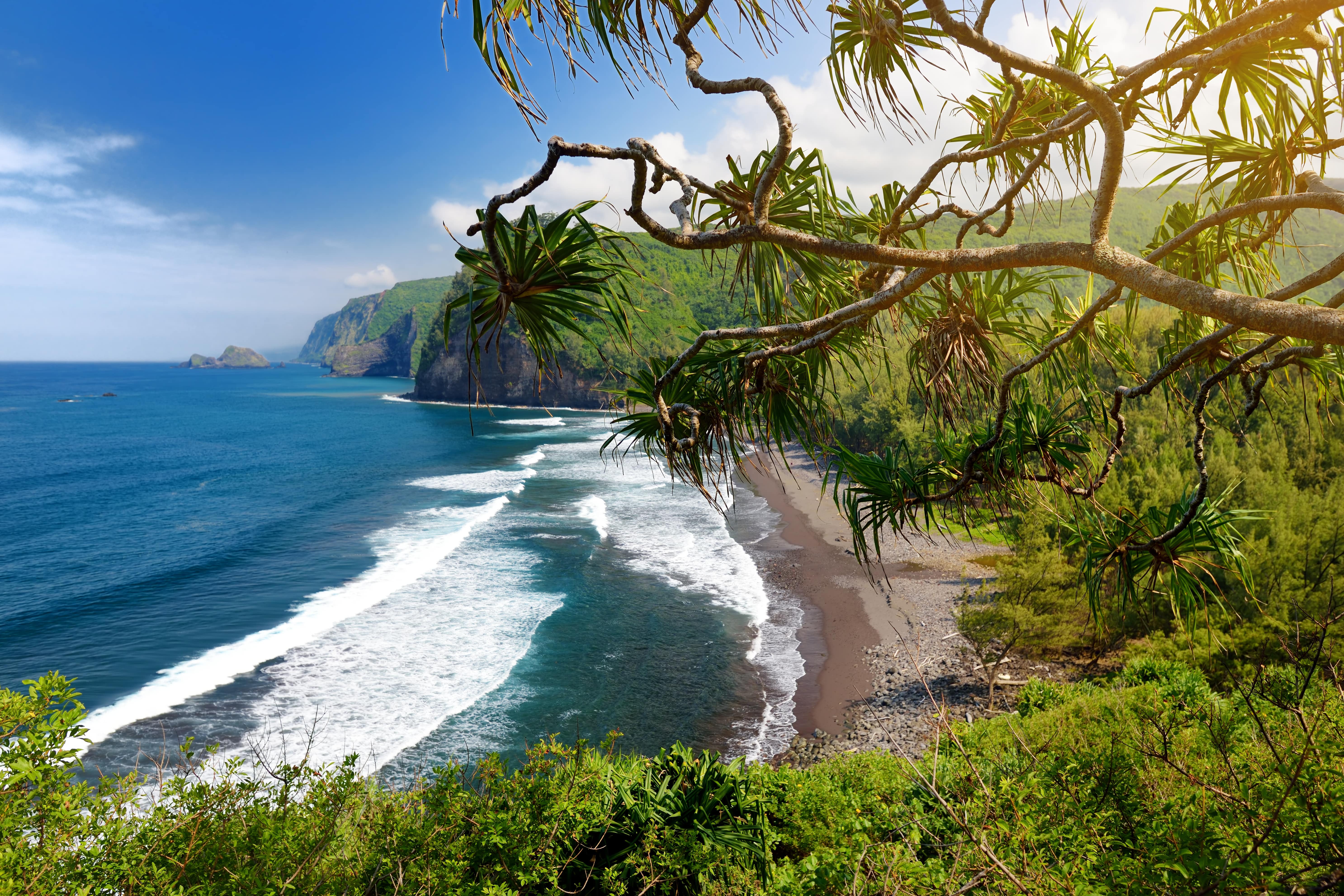The World’s Most Shark-Infested Beaches
Beaches around the world beckon with their sun-soaked sands and inviting waters. However, for some, an underlying danger lurks beneath the waves – the risk of shark attacks.
While shark attacks are rare, certain beaches have a higher incidence, making them notorious among thrill-seekers and beachgoers alike.
This article dives into some of the world's beaches with the most recorded shark attacks, highlighting the risks associated with these otherwise picturesque locations.
New Smyrna Beach
 JavierArtPhotography, Adobe Stock
JavierArtPhotography, Adobe Stock
Volusia County, Florida, USA
New Smyrna Beach in Florida is often dubbed the "Shark Attack Capital of the World." It’s a popular spot for surfers and sunbathers alike but is also known for its high rate of shark encounters.
Most of these attacks are attributed to the aggressive, yet non-life ending bites from juvenile bull sharks.
The beach has recorded over 300 shark attacks, though fortunately, most have not been life-ending.
Bondi Beach
Sydney, Australia
Australia's Bondi Beach is world-renowned for its beauty but also for its history with shark attacks.
The beach is situated close to deep ocean waters, where great white sharks are known to roam. There have been several life-ending attacks recorded at Bondi Beach, with the latest ones occurring in the 21st century, despite the implementation of shark nets and aerial patrols.
Recife Beach
Northeastern Brazil
The beaches around Recife in Brazil have witnessed a significant number of shark attacks since the 1990s, many of them resulting in loss of life. Bull sharks and tiger sharks are commonly sighted here.
Environmental changes and urban development are believed to have contributed to this increase in shark activity along the coast.
North Shore Beach
Oahu, Hawaii, USA
Hawaii’s North Shore is a surfer's paradise but also a hotspot for shark encounters. The waters here are home to large species like the tiger shark.
The region has recorded numerous attacks over the years, prompting beach closures and warning systems to alert swimmers of potential dangers.
Umhlanga Rocks
 ChrisVanLennepPhoto, Adobe Stock
ChrisVanLennepPhoto, Adobe Stock
Near Durban, South Africa
Umhlanga Rocks, near Durban in South Africa, is known for its picturesque coastline and as a site for frequent shark encounters. The warm waters here are ideal for various shark species, including the great white.
Shark nets and drum lines are used to minimize the risk of attacks, but the danger still persists.
Second Beach
Port St. John, Eastern Cape, South Africa
Second Beach in Port St. Johns is notorious for its high rate of life-ending shark attacks, particularly involving bull sharks.
The beach's stunning beauty contrasts sharply with the potential risks of swimming in these shark-infested waters.
West End Beach
Grand Bahama, Bahamas
Grand Bahama's West End is known for its clear waters and the presence of various shark species, including tiger sharks.
While attacks are less common than in other locations on this list, the potential for encounters with large sharks adds an element of risk.
Surf Beach
Santa Barbara County, California, USA
Surf Beach near Lompoc has a history of great white shark attacks, some resulting in loss of life.
This remote beach’s cold waters are part of the great white's natural habitat, increasing the likelihood of encounters with this apex predator.
Lyman Beach
Big Island, Hawaii, USA
Lyman Beach on Hawaii's Big Island is another location known for shark attacks, including losses of life. Its remote location and deep waters attract various shark species, posing risks to surfers and swimmers.
Fletcher Cove
San Diego County, California, USA
Fletcher Cove in Solana Beach has experienced life-ending shark attacks, notably from great whites. While these incidents are rare, they have prompted increased awareness and safety measures in the area.
Final Thoughts
While the thrill of ocean swimming, surfing, and beach activities is undeniable, awareness and caution at these shark-prone beaches are essential.
Most shark attacks are cases of mistaken identity, and losses of life are rare. However, understanding the risks and following local safety guidelines can help ensure a safe and enjoyable beach experience.

















